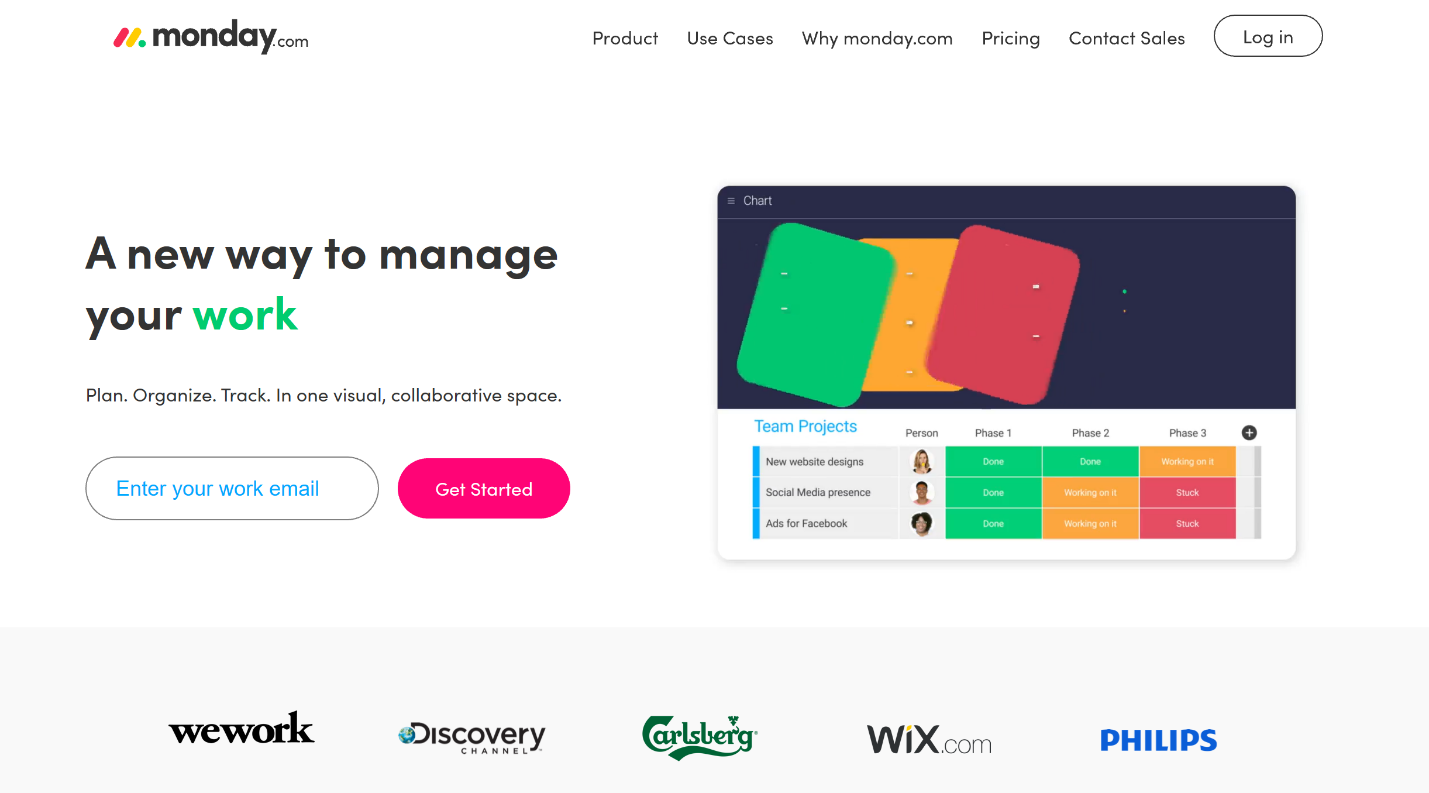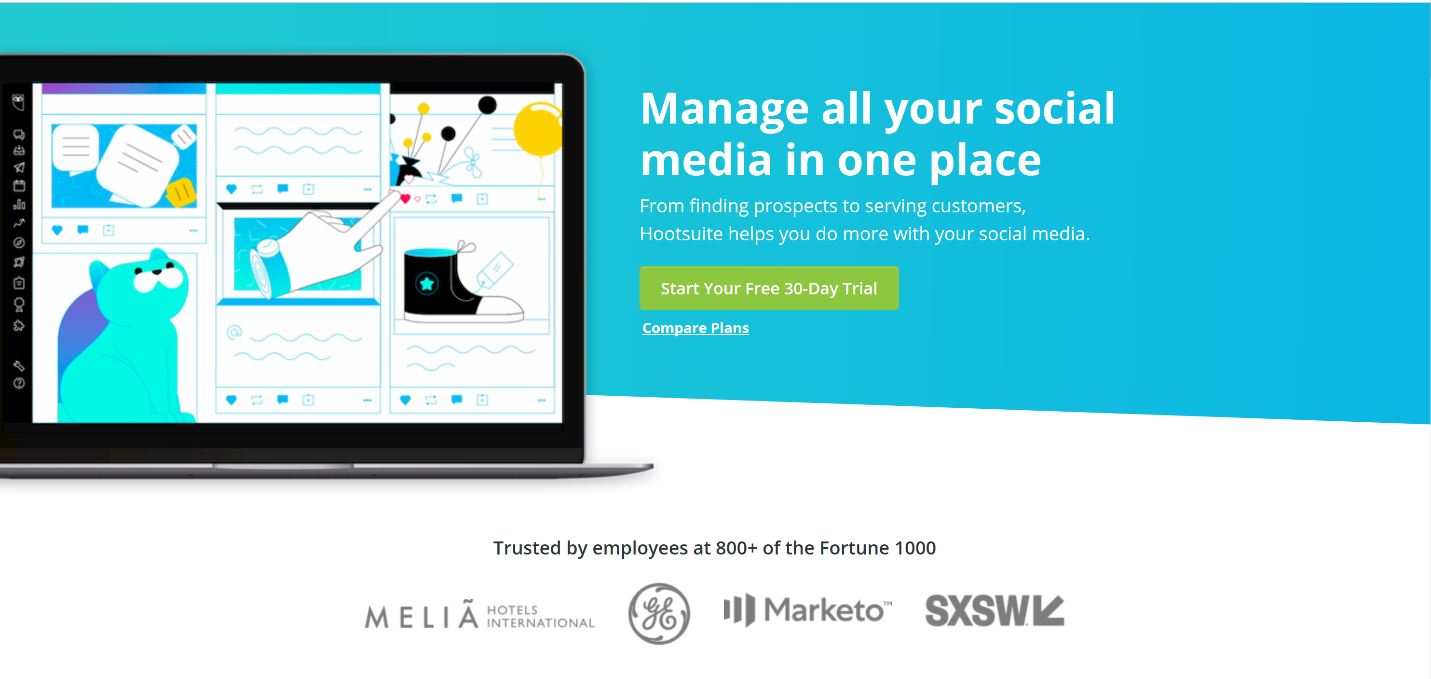



All inbound websites should have several essential elements if companies want to attract the right traffic and convert visitors into qualified leads. Your company must ensure that these elements are targeted just right to reach your buyer persona. Ultimately, you should position your site to provide someone with almost everything they need to know about your company and how your services can solve their problems.
While the specifics may change according to your business, there are several best practices that every company should be aware of, whether you’re optimizing your site, redesigning, or starting from scratch.
Whether your company is a startup or has an established online presence, your website must implement an effective SEO strategy.
As with any marketing strategy, it is necessary first to identify your target audience so you can position your website and solutions so they can easily be found. From there, you (or an SEO specialist) can create a list of appropriate keywords the users would search for when looking for solutions like the ones your company offers.
Once you have curated your keyword list, you should start organically incorporating the keywords throughout your website – whether that’s in blog posts, web page copy, or in page titles and meta descriptions.
While keywords are essential to your SEO strategy, it should go beyond this element. Using a tool like SEMrush, you can discover any potential errors on your site and make necessary updates. You can also find recommendations for improving your current content, monitor which pages are ranking well, and more.
Your site has little value if users can’t find it, so your primary goal should be to aim for at least 1,000 visitors per month. Quality blog posts give your company a better opportunity to be found organically, educate your target audience, and position your company as a thought leader in your industry. You’ll need to explore the best blog topics for your particular persona. To get ideas, look at industry trends, frequently asked questions, and offer insightful statistics.
These types of topics will allow your company to gain credibility in your industry and encourage potential customers that you can be trusted not only as a resource but also for your product offering. Ultimately, you can leverage the power of content marketing to help educate, attract, and convert audiences (even on a strict marketing budget).
Once you establish a steady visitor flow, it’s essential to review the usability of your website, also known as user experience (UX). According to a Microsoft study, the rising popularity of smartphones, messaging apps, social media, and mobile data in the past 18 years has reduced the average human attention span from 12 seconds to 8 seconds. This means that your website has 8 seconds or less to hook the user’s attention – first impressions matter! If your site navigation is confusing or the layout is chaotic, the work you put into SEO and blogging could be all for naught.
Your website should aim to make the user’s journey effortless. And while visitors might not realize it, you have an intended path for them to take on your website. For example, they may see your blog in the navigation and choose to click for more information, or they may see a call-to-action and choose to reach out to your company by filling out a form.
Many sites incorporate a simplistic design with easy-to-read fonts, straightforward navigation, and abundant white space. Homepages are fast-loading and distraction-free.
It is essential to get the visitor the information they want in one or two clicks – if the resource requires more clicks to acquire, simplify that path. Otherwise, the user could find navigating your site cumbersome and may leave. Also, don’t forget Hick’s Law – the fewer choices you present a user, the faster they will make a decision!
Your site’s layout and content must be created with the target audience’s challenges and needs in mind and should also be mobile responsive.
Main site pages should be educational, engaging, and ultimately encourage the visitor to stay on the site and explore other pages. Most companies include several of these must-have elements on their site pages:

Monday.com incorporates a concise headline, an above-the-fold CTA, clean design, simple navigation bar, and social proof.
Your brand is the frontman that connects people to the services you offer. Be sure to keep fonts, colors, and imagery with your brand’s style guide for a cohesive user experience.
Whether your company chooses to use photos of real people or illustrations, it is vital to keep the images unique, authentic, and relatable. Nothing disrupts the flow of your website like awkward and obvious stock images. The right images can make abstract concepts (like software) easier to understand and can quickly portray powerful emotions. Identifying your buyer persona will make it easier for your team to curate the proper visuals.
Including a compelling video on your site can help engage visitors and keep them on the page longer. Videos can do an excellent job of explaining the value of your product or service in a unique and creative format.

Buffer.com features illustrated images.
A lack of leads is a major challenge for many companies. Website visitors are protective when it comes to giving out personal information – especially if they are just learning about your company. Ease apprehension by creating a valuable offer, ask only for necessary information, and provide a link to your privacy policy. There are several conventional lead generation strategies that have proven effective time and time again.
Here are a few ideas to boost conversions:

Hootsuite.com offers a free 30-day trial.
By incorporating these best practices into your website, you can create a robust marketing machine that increases conversion rates and is primed to grow your business.


Spot On co-founder and partner Susie Kelley is dedicated to leveraging technology to advance innovative solutions in highly regulated industries. Driven by the opportunity to elevate brands, she co-founded Spot On in 2012 after having spent 15 years honing her marketing skills in an agency. Susie leads business development with a personal touch, focusing on building lasting relationships with clients to meet — and exceed — their goals for business growth.
Get the latest and greatest posts sent straight to your inbox.


